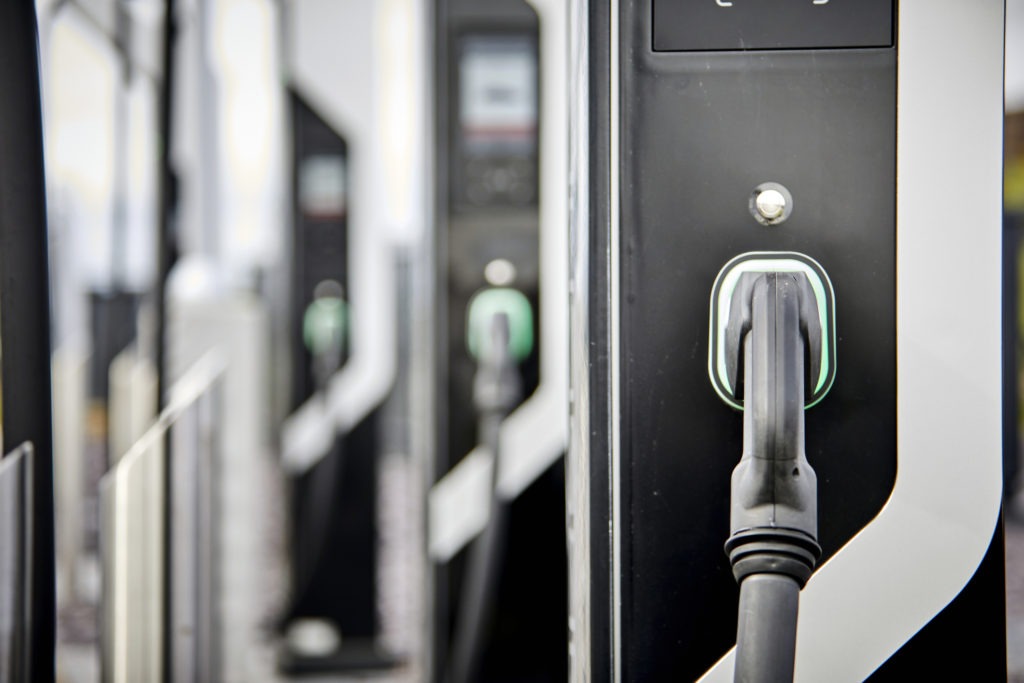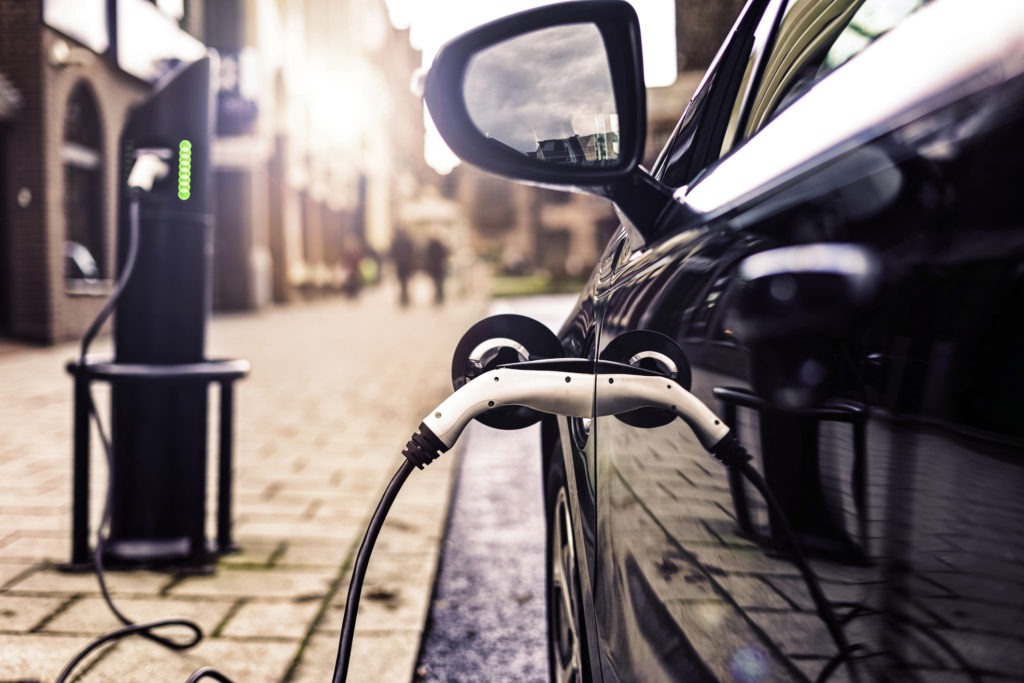UK plan for tenfold increase in electric vehicle charge points may not be enough
28 March 2022

The UK government has announced a tenfold increase in the country’s electric-vehicle charging infrastructure by 2030, as it gears up for a zero-emission vehicle future.
A total of £1.6 billion (€1.9 billion) will be spent on increasing the number of points for electric vehicle charging across the UK to 300,000. Currently, there are just 30,000 -charging points in the country. Additionally, the government is looking to remove other barriers to charging-point use, such as unreliability and availability issues.
The new number is almost 10 times lower than the size of infrastructure requirement estimates made by the Society of Motor Manufacturers and Traders (SMMT), which last year stated around 2.7 million charging points would be needed by 2030 to meet consumer demand.
Increase public charge-point locations
‘We are powering ahead with plans to help British people go electric, with our expanding charging network making journeys easier right across the country,’ said prime minister Boris Johnson. ‘Clean transport is not just better for the environment, but is another way we can drive down our dependence on external energy supplies. It will also create new high-skilled jobs for our automotive and energy sectors and ultimately secure more sustainable and affordable motoring for all.’
By 2035, only electric vehicles (EVs) and hydrogen fuel-cell vehicles will be sold new in the UK. The move to increase the UK EV charging infrastructure is crucial to these plans. The increase in public chargers to 300,000 will see them outnumber fuel pumps, although the latter can serve more vehicles per hour than an EV charge point.
The new strategy will look to support those without access to home charge points, while also addressing the inequality of EV infrastructure locations. Of the £1.6 billion investment, £500 million will be used to bring high quality, competitively priced public EV charge points to communities across the UK. This includes a £450 million local electric-vehicle infrastructure (LEVI) fund, which will boost projects such as EV hubs and innovative on-street EV charging options, so those without driveways don’t miss out on cleaner transport.
There is also a £50 million provision to fund staff to work on local challenges and public charge-point planning. This will ensure that any development complements all other zero-emission forms of travel, such as walking and cycling. Additionally, the existing £950 million government rapid-charging fund will support the rollout of at least 6,000 high-powered rapid EV charge points across England’s motorways by 2035.
Are there enough EV charging points?
However, there are questions on whether the size of the UK EV charging infrastructure will be capable of handling demand, and if the timeline for its introduction will be quick enough.
The UK government has ambitious targets, suggesting that by 2030, one-in-three vehicles on the country’s roads, or around 12 million units, should be electrified. Currently, the figure is one-in-80.
‘With the number of new electric vehicles coming on to our roads accelerating at an impressive rate, it is vital the government has ambitious targets on installing new public charge points ahead of 2030,’ said RAC head of policy Nicholas Lyes. ‘While the government’s expectation of having 300,000 EV charge points available by 2030 might sound impressive, we are concerned that this is not going to be sufficient with drivers looking to switch to an electric vehicle en masse ahead of the 2030 ban on the sale of new petrol and diesel cars. Additionally, accessibility standards and assistance for those without smartphone apps should also be part of the overall strategy.’
To meet its ambitious targets, the government needs a rapid increase in EV adoption. Last year saw 190,727 new battery-electric vehicles (BEVs) registered in the UK, an increase of 76.3% year on year and an 11.6% market share. But a large barrier to adoption is the state of the electric-vehicle charging infrastructure. A large number of people in the UK do not have off-street parking, or rent their property, meaning they are unable to install a domestic charger.
‘The cost of electric-vehicle charging infrastructure is not the issue, connecting it to the energy grid is,’ Peter Feehan, a partner at law firm Pinset Masons told the recent SMMT Electrified conference. ‘If we do not solve problems with grid infrastructure now, the UK will not meet its EV targets in 2030. We need to build ahead of need’
Reliable and accessible EV chargers
The government is also mandating that operators provide real-time data about EV charging options. It is ensuring that consumers can compare prices and seamlessly pay for their charging using contactless cards. Apps will also be available to find their nearest available EV charging location.
These plans will also require a 99% reliability rate at rapid-charge points to ensure they are world-class and give consumers confidence in finding locations that work wherever they travel, helping eradicate range anxiety.
‘For too long many charge point operators have tried to force customers to use only their networks by making them pay a membership fee or download an app to charge,’ stated Phil Shadbolt, founder of EV charging company EZ-Charge. ‘This is not only really inconvenient for electric car drivers, it is really off-putting to those thinking about making the switch.
‘Forcing operators to do away with these kinds of outdated practices and make the UK’s charging infrastructure work for everybody will be a big step forward.’



